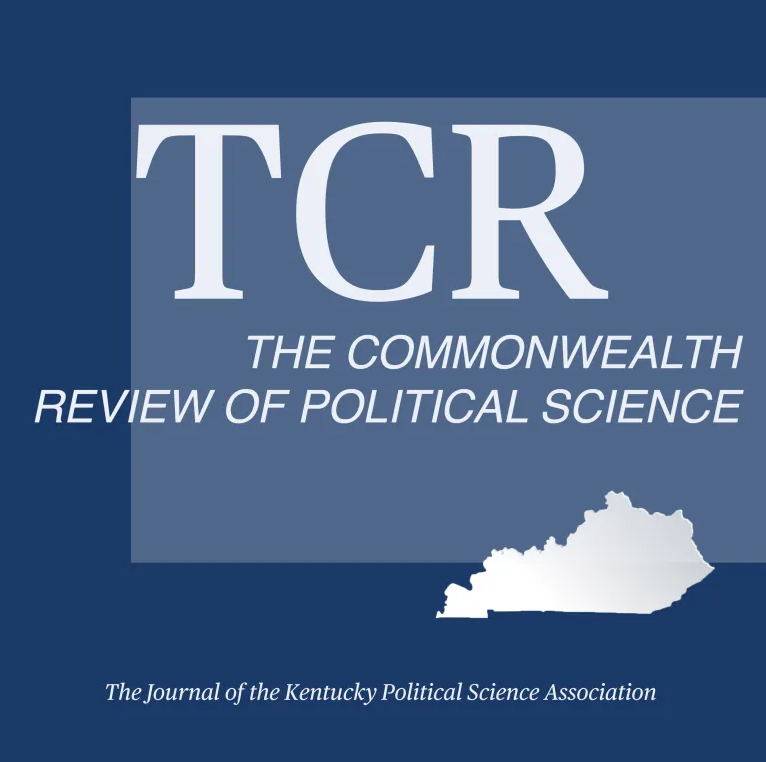Commonwealth Review of Political Science

Abstract
This paper examines one key indicator of school performance, the dropout rate among the public school students at the state level from 1998 to 2002, using a. pooled, cross-sectional time series research design. In this analysis the effects of high stakes testing (i.e., exit exams required for graduation), funding levels, and other school resources are examined. The results ind.irate that exit exams have no statistically significant effects upon dropout rates. Per pupil expenditures do not seem to reduce dropouts and may in fact have a positive effect at the state level. However, the analysis indicates that high pupil to teacher ratios and population change increase dropout rates. In addition, collective bargaining among public school teachers is found to reduce fu·opout rates. These findings indicate that mneh of the fear that exit exams will lead to massive dropout rates is misplaced.
Recommended Citation
Battle, Martin and Clinger, James C.
(2015)
"Explaining State-Level Student Dropout Rates: The Impact of Exit Exams and Public School Resources,"
Commonwealth Review of Political Science: Vol. 3:
No.
1, Article 3.
DOI: https://doi.org/10.61611/2994-0044.1017
Available at:
https://digitalcommons.murraystate.edu/crps/vol3/iss1/3
Included in
History Commons, Political Science Commons, Psychology Commons

